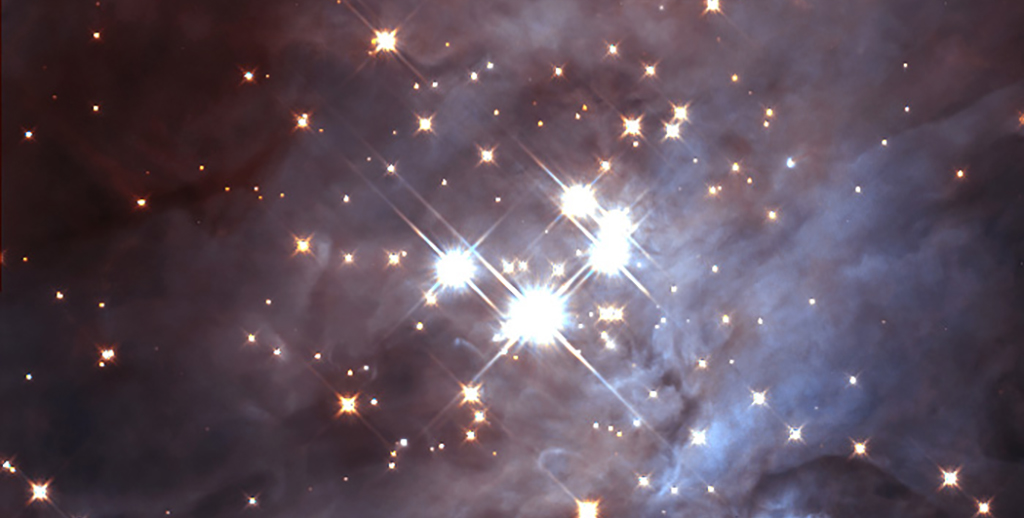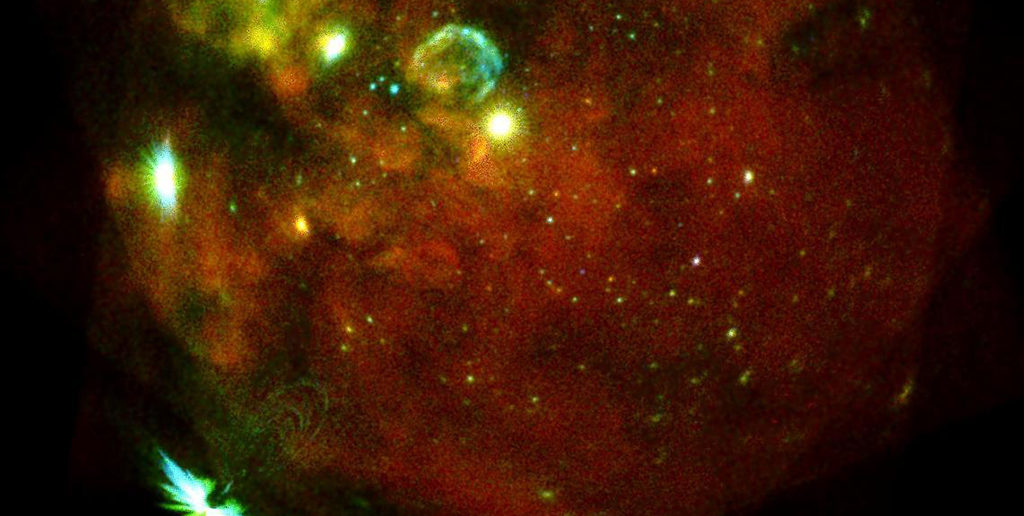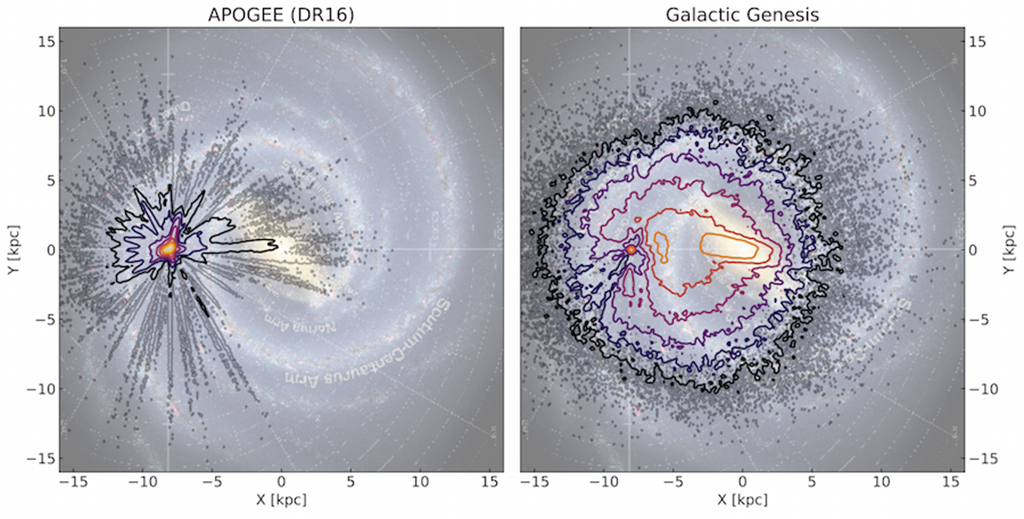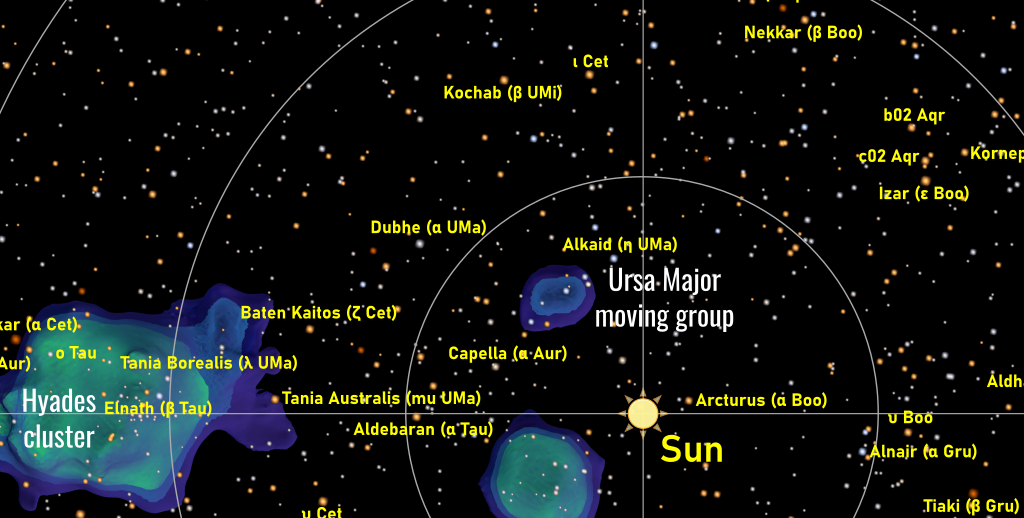The MWM survey of SDSS-V will employ both BOSS low-resolution (R~2000) optical and APOGEE medium-resolution (R~22,500) near-IR spectroscopy. The survey will target over 5 million objects to provide a dense and contiguous stellar map across the sky but largely focused on low Galactic latitudes. High signal-to-noise ratio (S/N), medium-resolution near-IR spectra will be used to deduce stellar parameters and surface chemical composition of each star included in the program, providing the means to understand the dominant formation mechanisms of the Milky Way and its place in a cosmological context. The MWM survey will also make use of both optical and near-IR spectrographs to acquire multi-epoch observations of tens of thousands multi-star and planetary systems to understand formation, shaping, and evolution of (sub)stellar multi-companion systems. Last but not least, MWM will target stellar objects in a high-dimensional parameter space, including stellar mass, age, evolutionary status, chemical composition, rotation, and internal structure.
MWM focuses on four connected themes:
Galactic Archaeology
We can reconstruct the deep history of the Milky Way through observing the number, masses, composition, ages, and motions of its stars and the structures that they create. MWM data will allow us to quantitatively test models of the most uncertain galaxy formation physics (e.g., Rix & Bovy 2013; Bland-Hawthorn & Gerhard 2016). Luminous red giants cover a large range of ages, from ~1 Gyr and older. However, samples of red giants are insensitive to the history of intermediate-mass stars older than ~1 Gyr. Such stars have turned into stellar remnants, mostly white dwarfs. Other sites of Galactic archaeology studied in open fiber programs in targeting generation v0.5.3 include the Galactic halo and the Magellanic Clouds.
The Young Galaxy
The programs under Galactic Archaeology investigate the cumulative history of star formation, chemical enrichment, and radial migration of the Milky Way, as told through evolved stars across a range of masses. Young stars (here ~5-100 Myrs) fill in the early phases of low-mass stellar evolution and the full life cycle of massive stars. They provide a detailed and complete snapshot of the youngest generation in the Milky Way. In MWM, we systematically target low-mass young stars (YSOs) within ~500 pc and all luminous, hot stars throughout the Galactic disk. Dust is relevant to not only the current structure of the Milky Way, but also how metals are incorporated into the ISM and thence into the next generation of stars. MWM takes advantage of dust and extinction indicators along lines of sight to its observed stars to map the dust and its properties in the disk.
The High Energy Galaxy
Galactic sources of X-ray emission include compact object accretors, young stellar objects, and flaring stars, all objects of intense interest for the other themes here as well. The eROSITA mission is measuring X-ray fluxes for millions of point sources in the Galaxy. However, to identify and explore the physical nature of such objects, optical and/or infrared spectra rich in absorption and emission features are critical.
Stellar Physics and Stellar Systems
Undergirding all of MWM’s Galactic explorations are the properties of stars and stellar systems. We begin these investigation close to home — in the solar neighborhood, the only place in the universe where it is practicable to obtain a spectroscopic census of stars down to the hydrogen burning limit.
To reliably predict the age, evolutionary state, nucleosynthesis, internal mixing, and end state of stars, we need to understand their structure. Astereoseismology — the study of how waves propagate through stellar interiors — provides a powerful tool for this work, especially when combined with stellar and dynamical parameters from spectra. MWM is targeting oscillating red giant and hot stars. In the latter case, we are focusing on OBA stars in massive eclipsing binaries.
Most stars orbit other stars. MWM is unique among current large spectroscopic surveys in targeting a vast range of stellar types for time-domain radial velocity observations, including YSOs, OB stars, white dwarfs (WDs), and red giants. Particular attention is also paid to compact binaries, which are binary systems where at least one component is a WD, neutron star, or black hole, and to stars observed at high cadence for planet transits. By increasing the number of epochs, MWM is increasing the probability of orbit reconstruction with the goal of probing long baselines (>8 years) and the brown dwarf desert.
Contact information
For more information on the Milky Way Mapper, contact the SDSS-V/MWM Program Head, Andrew Tkachenko (KU Leuven).




